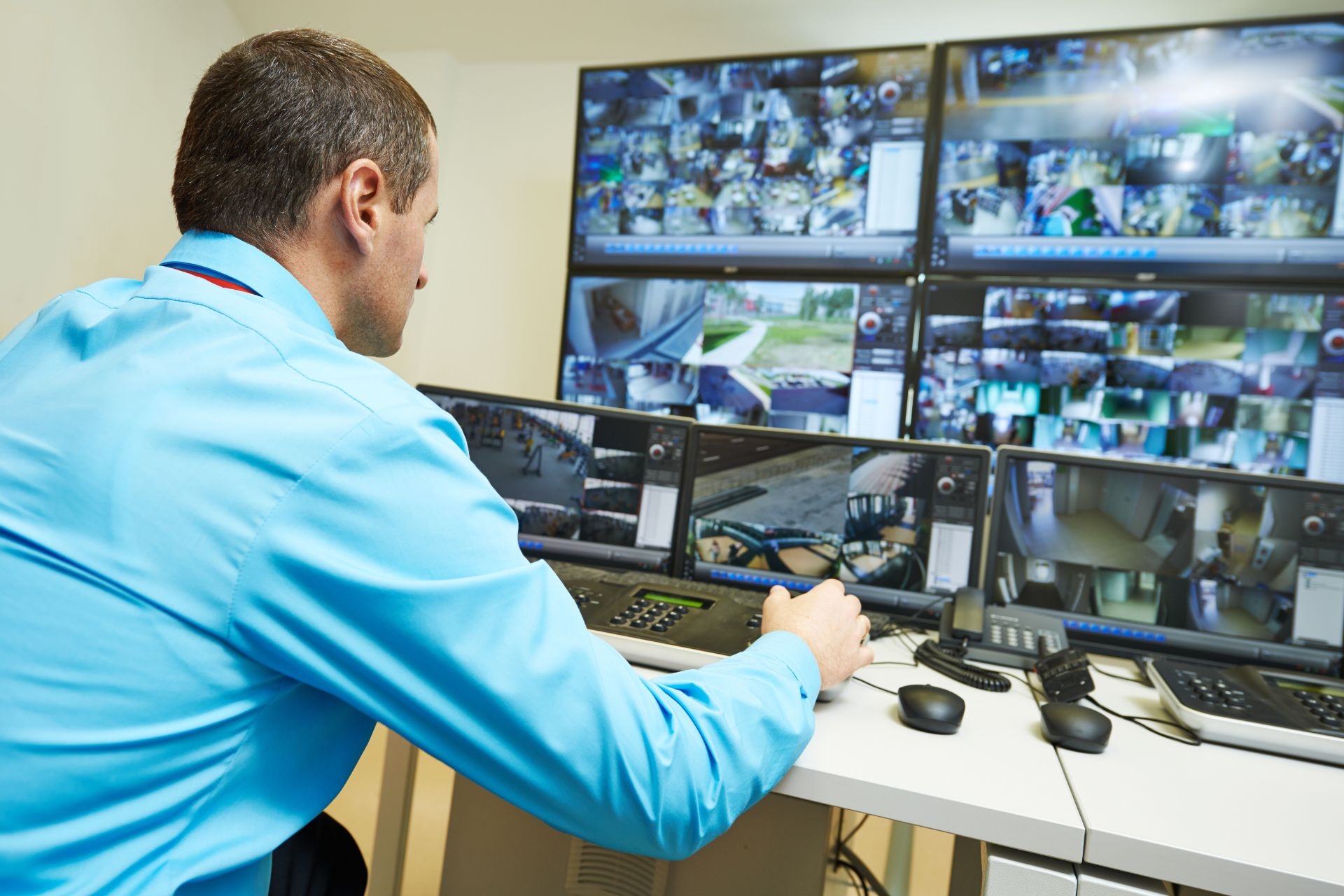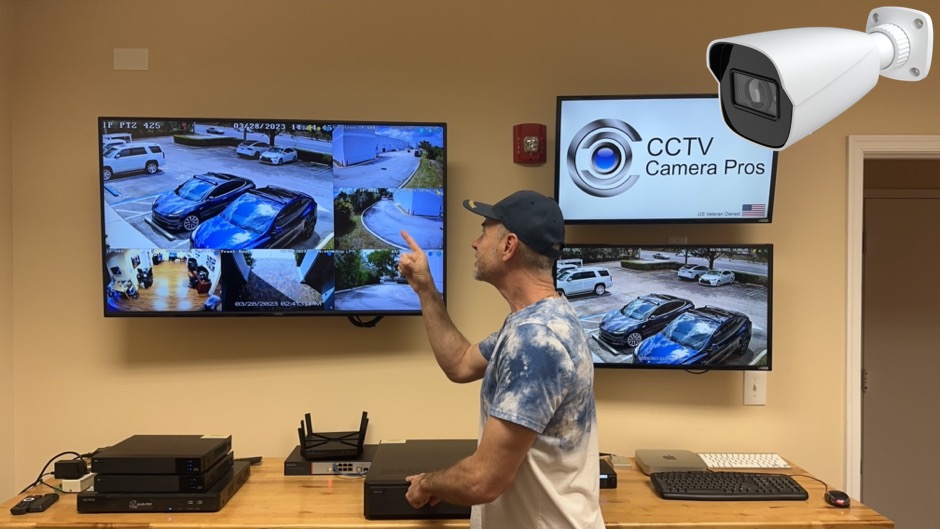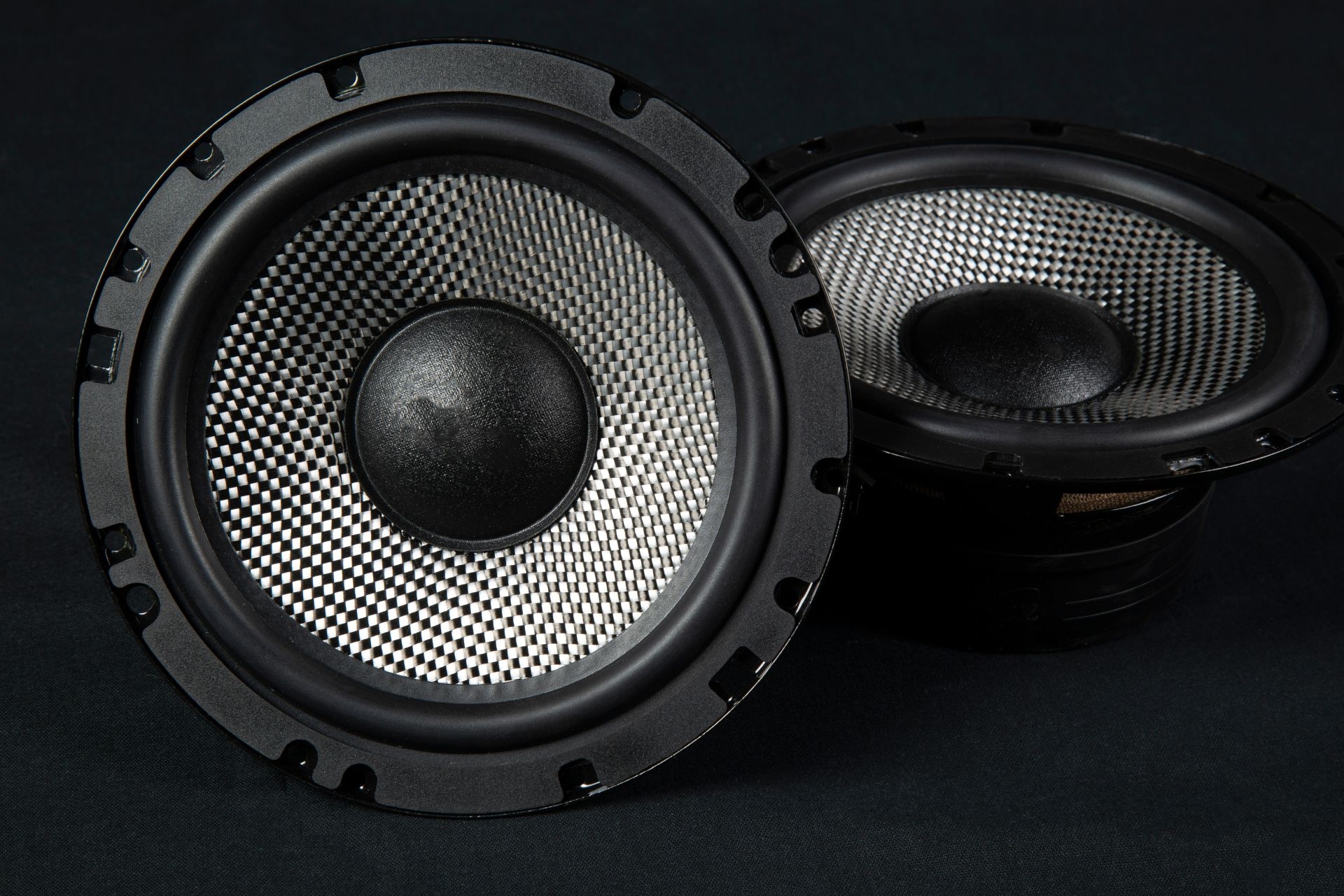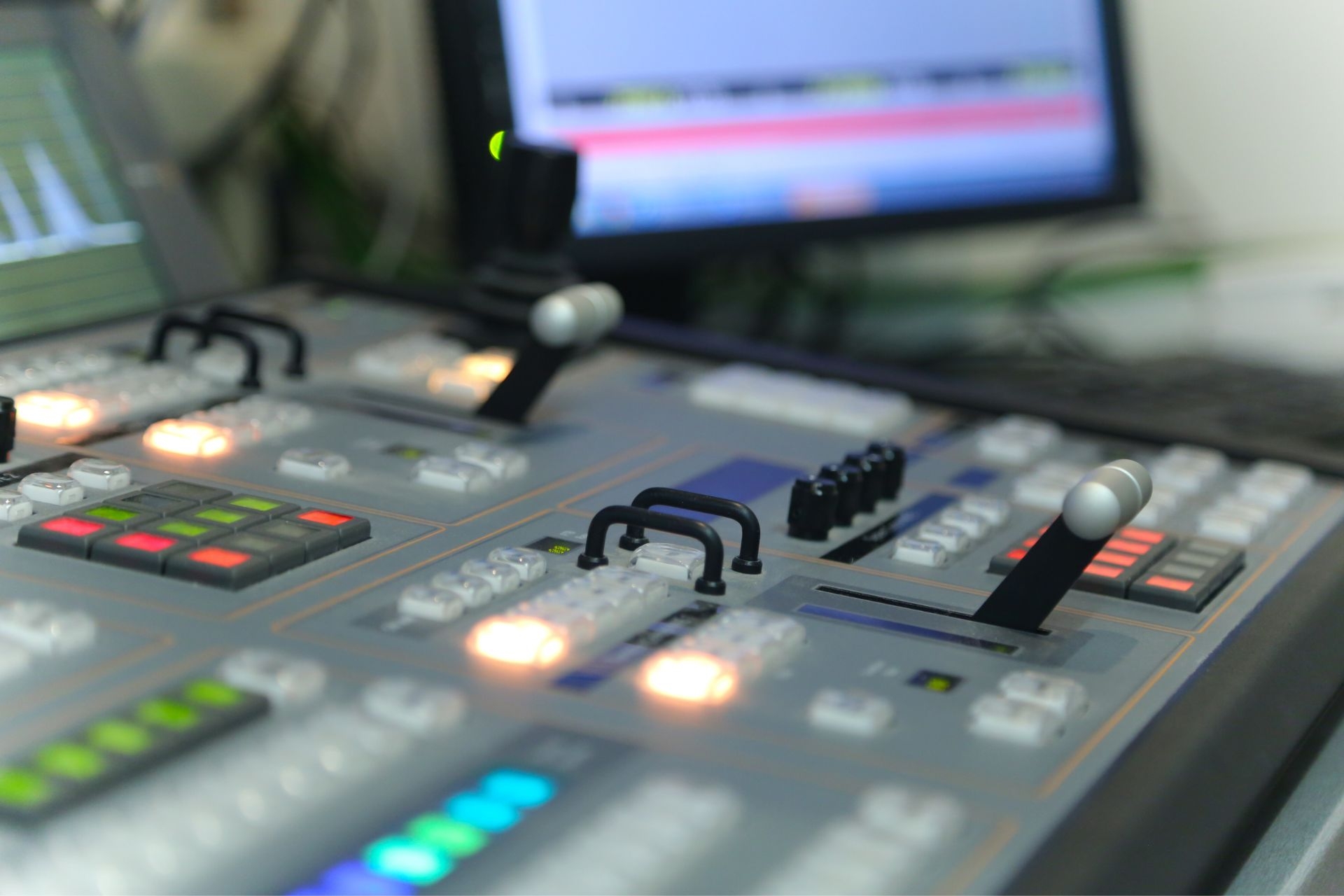360-Degree Field of View Cameras
How do 360-degree field of view cameras differ from traditional cameras?
360-degree field of view cameras differ from traditional cameras in their ability to capture a full panoramic view of a scene without the need for panning or tilting. Traditional cameras have a limited field of view, requiring them to be manually adjusted to cover different areas. In contrast, 360-degree cameras offer a complete view in all directions simultaneously, providing a comprehensive surveillance solution.




